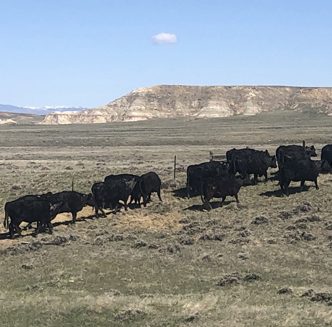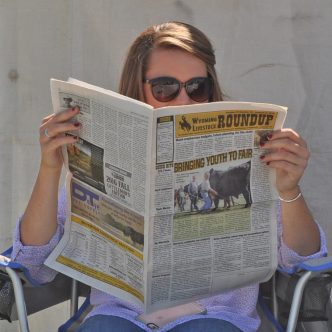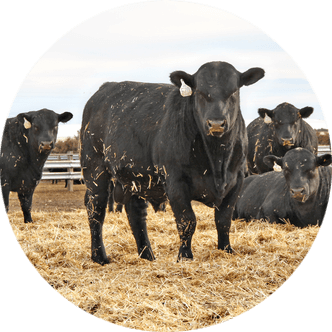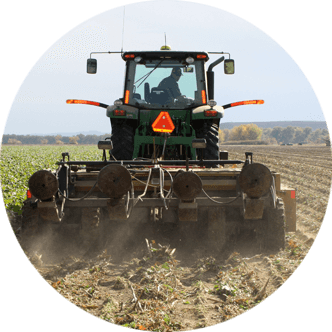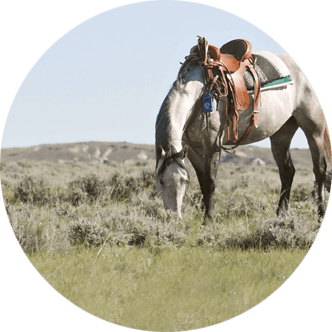Recovery and Restoration of Agriculture After a Wildfire is Essential
By Doug Miyamoto
Fire can wreak havoc on a community in the blink of an eye. This past year, hundreds of thousands of acres of ag land across Wyoming were impacted by fires. It has been, without a doubt, a brutal fire season with immediate and significant impacts on our ranching and rural communities in Wyoming.
While it’s easy to only focus on the immediate response and impacts of a fire, those impacts do not magically end once the flames are extinguished.
Recovery and restoration of ag lands is vitally important to the producers who use it and the overall health of the landscape for our agriculture industry and wildlife in Wyoming.
Invasive plants
One of the key players in the restoration and revitalization of our rangelands will be our weed and pest districts throughout the state. Along with producers and landowners, Wyoming weed and pest districts, in addition to other organizations, will work to restore the area and limit growth of invasive plants which are detrimental to the health of the landscape.
Wildfires provide an opening for invasive plants to extend the negative impacts of fires into the future.
Cheatgrass, ventenata, medusahead and other invasive grasses have been problematic across the state for years. These invasive grasses can be difficult to manage and crowd out beneficial native grasses.
They often have lower nutritional value than native plants, which leads to reduced forage for livestock and wildlife and can impact habitat for a variety of species in the state.
These plants also have water needs which limit available water for native grasses and wildlife in the area. They tend to dry out quickly in the spring and form dense, dry fuel loads which can facilitate the quick spread of fires.
Statewide mitigation efforts
Invasive plants have dramatic impacts on the landscape, and every year work is done across the state to try to limit and control their spread.
Unfortunately, invasive plants like cheatgrass and others, can thrive following a wildfire.
There are and will continue to be concerted efforts by weed and pest districts across the state to try and mitigate the rise of these plants, but it will not be an easy fix. The sheer amount of land burned and the cost of treatment are only a couple of aspects making this process so difficult.
Because of this, it’s important to be vigilant in monitoring what is growing and take quick action in problem areas where invasive plants are taking hold.
Coupled with this effort, conservation districts across the state continue to work on soil conservation and water quality issues which arise after a fire to help restore impacted rangelands.
A smart, and targeted, control effort for these invasive species, along with soil and water work, will not only help limit the growth of these plants, it will also help reduce the risk of these types of fires happening in the future.
Along with this, it’s important to utilize good grazing practices as the landscape recovers from fires.
An area which used to be able to graze 100 cattle may not be suited for this number in the upcoming year. Diligent management will help encourage native growth on these lands in coming years and will help sustain long-term health of the ranges.
While we can’t control when and where a wildfire starts and where it goes, smart management of grazing lands and strong control of invasive plants will help reduce fire risk in the future.
This isn’t the first time Wyoming producers have had to adjust and adapt their operations depending on the health of the range, and it won’t be the last.
Thankfully, we have some of the best producers in the world when it comes to dealing with these types of challenges and adversity. They are the best stewards of the land, and the work they do will help rangelands thrive for years into the future.
Doug Miyamoto is the director of the Wyoming Department of Agriculture and can be reached by visiting agriculture.wy.gov.

